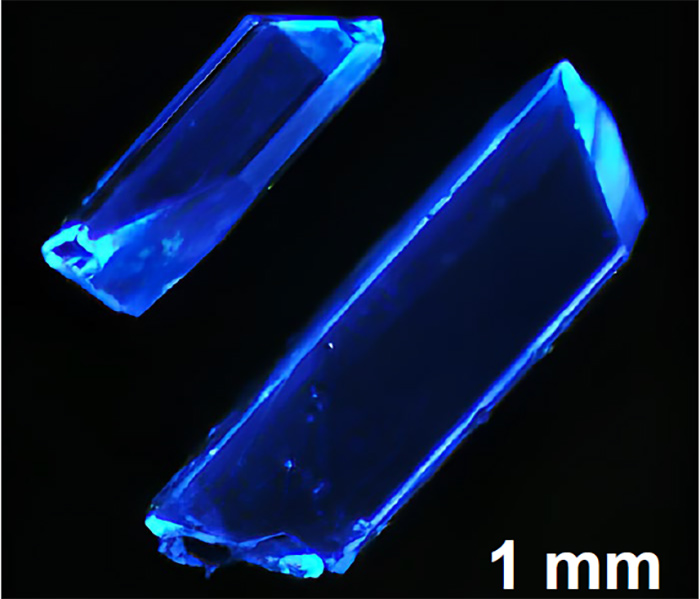Scientists Develop Deep-Blue LEDs Expected to Greatly Enhance General Lighting

A Rutgers-led team of scientists has developed an eco-friendly, very stable, ultra-bright material and used it to generate deep-blue light (emission at ~450 nm) in a light-emitting diode (LED), an energy-efficient device at the heart of all major lighting systems.
The new copper-iodide hybrid emitter materials are expected to contribute to the advancement of blue LED technologies because of their excellent qualities, according to the scientists who pioneered the discovery. The process that produces the material is described in the science journal Nature.
“Deep-blue LEDs are at the heart of today’s energy-efficient lighting technologies,” said Jing Li, a Distinguished Professor and Board of Governors Professor of Chemistry and Chemical Biology in the Department of Chemistry and Chemical Biology in the School of Arts and Sciences who leads the study. “However, existing options often present issues with stability, scalability, cost, efficiency or environmental concerns due to the use of toxic components. This new copper-iodide hybrid offers a compelling solution, leveraging its nontoxicity, robustness and high performance.”
LEDs are lighting devices that use special materials called semiconductors to turn electricity into light in an efficient and durable way. Blue LEDS were discovered in the early 1990s and earned their discoverers the 2014 Nobel Prize in physics.
Blue LEDs are particularly important because they are used to create white light and are essential for general lighting applications.
Li and her colleagues at Rutgers collaborated with scientists at Brookhaven National Laboratory and four other research teams representing national and international institutions in the effort to work on new materials that would improve upon existing blue LEDs.
The researchers involved in the study found a way to make blue LEDs more efficient and sustainable by using a new type of hybrid material: a combination of copper iodide with organic molecules.

